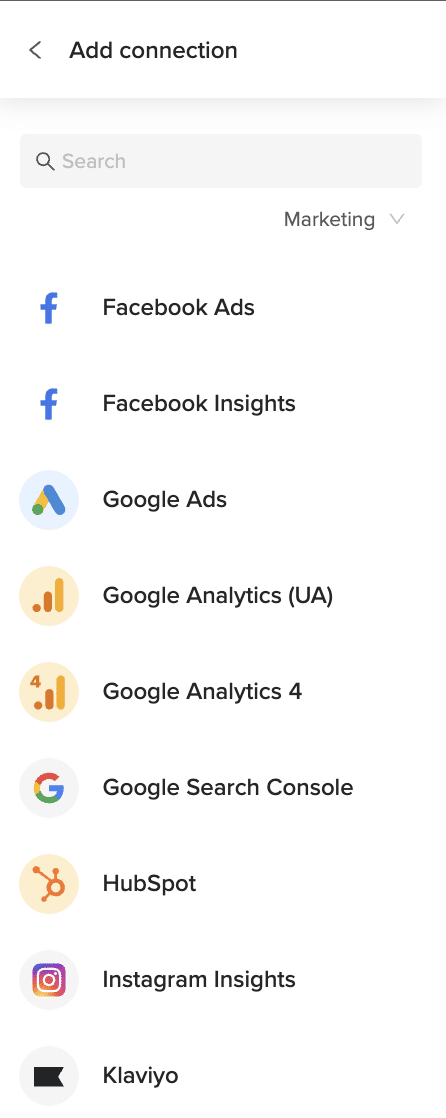Understanding how your YouTube playlists perform is crucial for content organization and maximizing viewer watch time. YouTube Studio’s native analytics provide limited playlist data and make performance tracking difficult.
Coefficient solves this by creating a direct connection between your YouTube playlist data and Excel, enabling comprehensive analysis of how viewers engage with your curated content series.
TLDR
-
Step 1:
Install Coefficient from the Office Add-ins store in Excel
-
Step 2:
Connect your YouTube Analytics account
-
Step 3:
Select and import Playlist report data
-
Step 4:
Set up auto-refresh to keep playlist metrics current
-
Step 5:
Create playlist performance dashboards in Excel
Step-by-Step Guide to Importing YouTube Playlist Data
Step 1: Install and Connect Coefficient
Begin by adding Coefficient to your Excel environment:
- Open Excel on your computer
- Navigate to the Insert tab in the ribbon
- Click Get Add-ins
- Search for “Coefficient” and click Add
- Once installed, click the Coefficient icon to open the sidebar
- Select “Import Data” to start connecting your data sources

Step 2: Import Playlist Data from YouTube Analytics
Now, connect to YouTube Analytics and select the playlist data to import:
- In the Coefficient sidebar, click “Import from”
- Select “Marketing” from the categories
- Choose “YouTube Analytics” from the marketing connectors list
- Log in to your YouTube account when prompted
- Under “Reports,” select “Playlist”
- Choose the time period and specific metrics you want to analyze
- Select where in your spreadsheet to import the data
- Click “Import” to bring the playlist data into Excel

Step 3: Set Up Auto-Refresh (Optional)
Keep your playlist performance data current with automatic refreshes:
- In the Coefficient sidebar, find your imported playlist data
- Click the “…” menu and select “Configure refresh”
- Choose your preferred refresh frequency (hourly, daily, or weekly)
- Set specific times for the data to update
- Click “Save” to activate automatic refreshes

Maximizing Playlist Analysis in Excel
With your YouTube playlist data in Excel, you can perform powerful analysis:
- Compare performance metrics across different playlists
- Track viewer retention and completion rates for playlist series
- Identify optimal playlist lengths and organization strategies
- Analyze which playlists drive the most subscriber growth
- Develop content sequencing strategies based on playlist engagement patterns
Available YouTube Analytics Reports in Coefficient
Reports
- Channel Metrics
- Top Videos Performance
- Channel Overview
- Traffic Source
- Geographies
- Demographies
- Device
- Social
- Playlist
- Playback Location
Frequently Asked Questions
Trusted By Over 50,000 Companies
)






